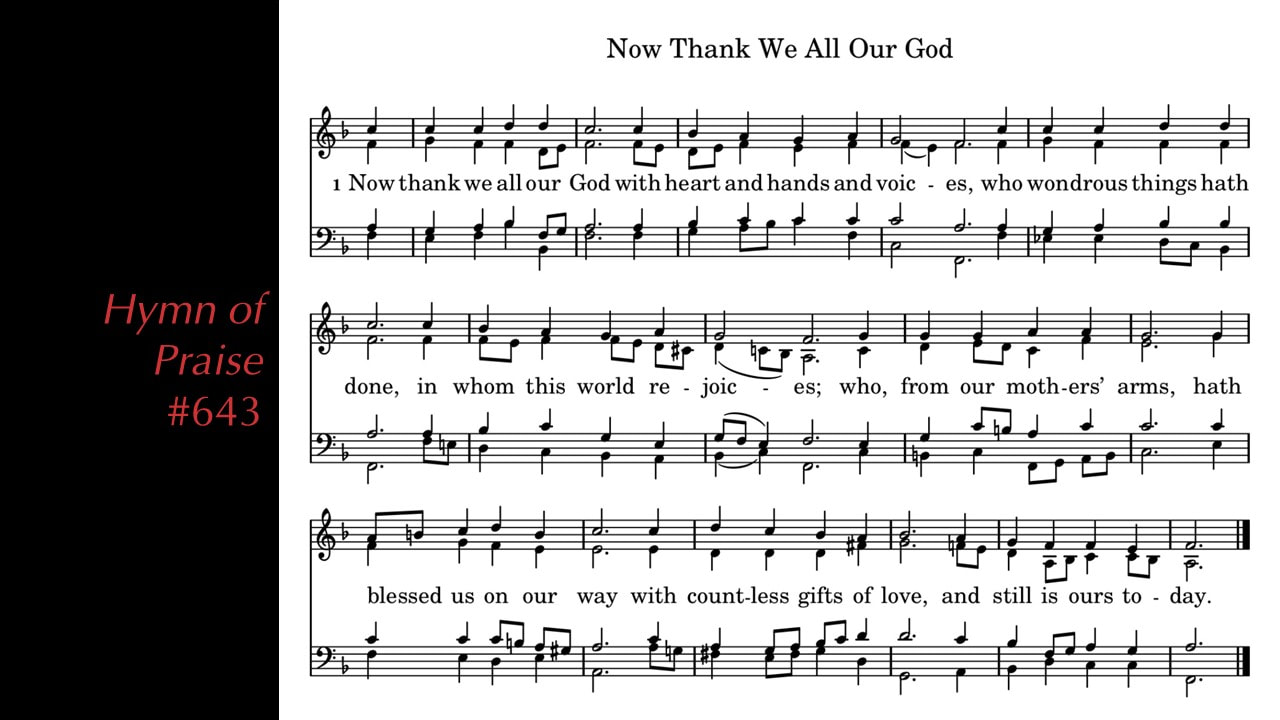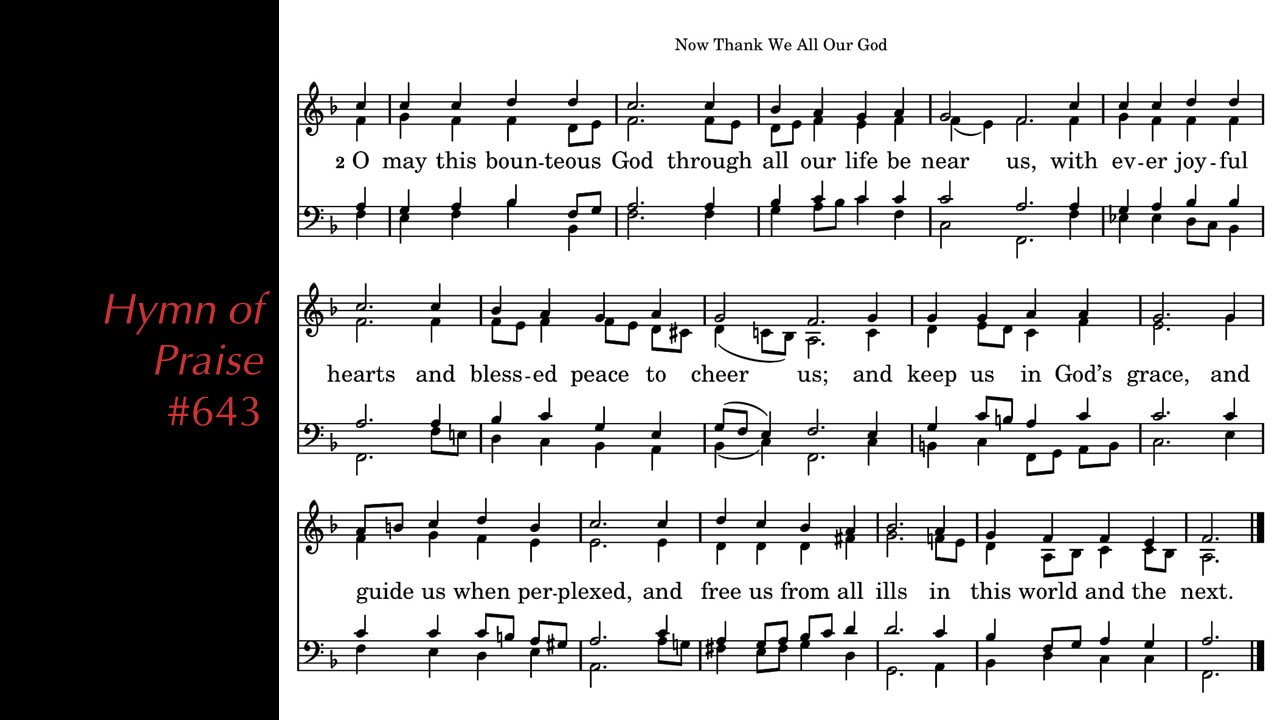Scott AndersonJeremiah 31:16 † Psalm 118:1-2, 14-24 † Acts 1:34-43 † Matthew 28:1-10 Two phrases catch my attention in these days of pandemic and social isolating. Two phrases seem especially relevant as we find ourselves a month into a disruptive reality most of us have never experienced before. The first is this: “Do not be afraid.” It is the message given by the angel—an other-worldly being who apparently looks like lightning in a jacket of snow and shows up just as a massive earthquake hits. Just to the side you have a couple of military guards laying there, by all appearances dead. I mean, the advice sounds a little unnecessary, doesn’t it? What could they possible be afraid of? Ok, so maybe the scene evokes fright, but I wonder if this light and smoke show isn’t the real source of the fear, but just a sign of the fears we know all too well. We aren’t play-acting, after all, as if we’re somehow wandering around in the Middle East on a particular morning some 2000 years ago. We are looking to these stories for wisdom for our own time. I suspect the Jeremiah text that Lainey read may help us to not get lost in translation. The triumphant text of rejoicing begins, after all, with this: The people who survived the sword found grace in the wilderness; when Israel sought for rest, the lord appeared to him from far away. Jeremiah’s poetry drops just a hint of a vast landscape of danger and vulnerability that underlies another story from another time, and really, every story of faith. There are hints of violence and tyranny. There is, it turns out, much that a reasonable person would reasonably be afraid of. And we certainly have our own share or reasonable concerns—whether it’s a pandemic to shelter from, or rising signs of vast economic insecurity, racially-targeted violence, and chaotic governance. Death and the threat of it is all around us. So, sure. “Do not be afraid” seems to be important, even if it sometimes feels like an impossible piece of advice in these stories and in our current moment. So says this flaming, quaking, snow-clad angel, “Do not be afraid.” And we surely wonder how, as much as we hope to be courageous and filled with hope right where we are with our own fears and anxieties and limits this Easter morning. The second phrase that catches me in the story comes from the same angel just a few breaths later: “He is not here.” Now this may come as some cold comfort for those of us looking to be warmed by a strong dose of hope and comfort. He’s not here. But let’s take that in for a moment. Here we are, wherever we are. Which is to say, we are decidedly not in the places we—just a month or so ago—would have expected to be. Here we are, sheltered at home, huddled in front of a screen, perhaps with a few others, perhaps alone and longing for company. He’s not here. We also are not where we expected. It feels as if we are a little closer to the tomb and a little farther away from large sunrise services and exuberant, packed celebrations. We do not find ourselves in crowded sanctuaries listening to trumpet peals and quaking organ accompaniment. We are not singing in concert with large choirs or encouraged on by those around us. Instead our voices may be a bit tentative and shaky—like Mary and the others—quarantined in the quiet of dawn, at a deserted garden. But should this really be a surprise? Matthew’s resurrection story does not begin or end with large gatherings of Christians accompanied by choirs and organ blasts. It begins with an empty tomb and three fear-filled women not quite sure what will happen next. And yet, it turns out this “he is not here” may be better news than we might first suspect. If God is not showing up in the expected places, the question may occur to us, then where is God appearing? What is beginning to grow in this garden scene? It turns out the Spirit of Jesus is very much alive and on the move, and if we hope to see him, we’re going to have to keep moving ourselves. Jesus is found, it seems, on the way to the next thing. He’s already ahead of us in the work, calling to us to catch up, inviting us to pay attention to this new life that cannot be confined by quarantines, but instead is budding with new possibilities that grow from the compost of our disappointment and our fear and our failure. Death is never the end. Remember that! That’s the power of this story—particularly on this day, in this season, during this time. It turns out, though, not just in this time. You see, this is not a new story. We’ve been this way before. In a recent edition of the Christian Century, Peter Marty tells the story of Martin Rinkart.[i] He was a musician who played at several prominent churches in Saxony, Germany before he gave himself to pastoral work. He served as pastor to the people of Eilenburg for 30 years before his death. His tenure overlapped almost exactly with the Thirty Years’ War. Because Eilenburg was a walled city, refugees from the surrounding countryside streamed to it for protection during the siege led by the Swedish military. Of course, famine and disease was not far behind. In 1637 alone, 8000 people died of disease including other clergy, most of the town council and Rinkart’s own wife. At times Rinkart found himself presiding at burial services for 200 dead in a single week. In the depths of the town’s suffering, Rinkart wrote a hymn text that is familiar to many of us: Now thank we all our God, With heart and hands and voices; Who wondrous things has done, In whom the world rejoices. Marty reminds us of another verse that, in its antiquated language speaks of the God who is near even, and precisely in the midst of our anxiety and uncertainty. Keep us all in grace, And guide us when perplexed, And free us from all harm, In this world and the next. This is not our first rodeo as a people of faith. This story knows death, but in one encounter after another with the Holy, it knows life all the more. That was the astonishment that led our ancestors to tell these stories and sing these songs and mobilize for acts of courage and generosity that transformed this world, and perhaps the next. And it is no different today. If you still doubt, don’t you worry. We’ll meet Thomas next week, who was the greatest of doubters. There’s plenty of room for those still! And if you still fear, perhaps this last story might help. When you have once-in-a-generation crisis like this one may be for us, it is good to look back at other moments in history. Many have taken us back to the pandemic of 1918. Another flu was spreading in waves across the country back then, and churches then, as now, were forced to cease meeting together for a time. The second wave of that flu closed some congregations just as Advent was giving way to Christmas. At least one church at the time decided to act. It organized itself to leave Sunday School materials, booklets from the local missionary society, and instructions for home worship on the front doorsteps of homes. Not only that, it decided to take full advantage of an emerging technology of the time. The Christian Century was there reporting it, noting this: “Machinery has been set in motion for the use of the telephone to carry church news concerning the sick and the needy.” We are not the first to have to figure out how to do what we are called to do in new circumstances, and we will not be the last. So be not afraid. The risen Christ is ahead of us bringing light and life to the world. We would do well to follow.
Amen. Notes: A video version is available here. [i] Peter W. Marty. “The Resource of Relationship” in Christian Century, April 8, 2020, p. 3. Also see this link.
0 Comments
Leave a Reply. |
St. Andrew SermonsCategories
All
|



 RSS Feed
RSS Feed